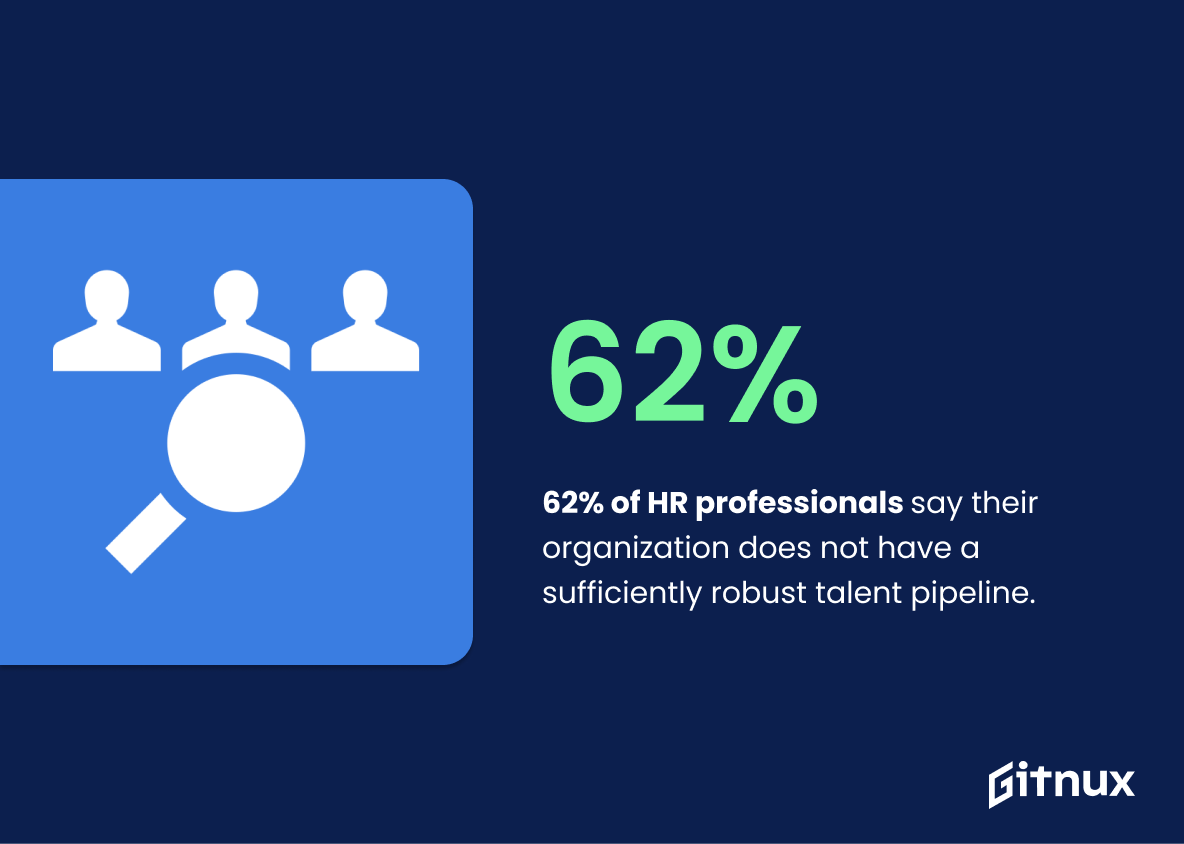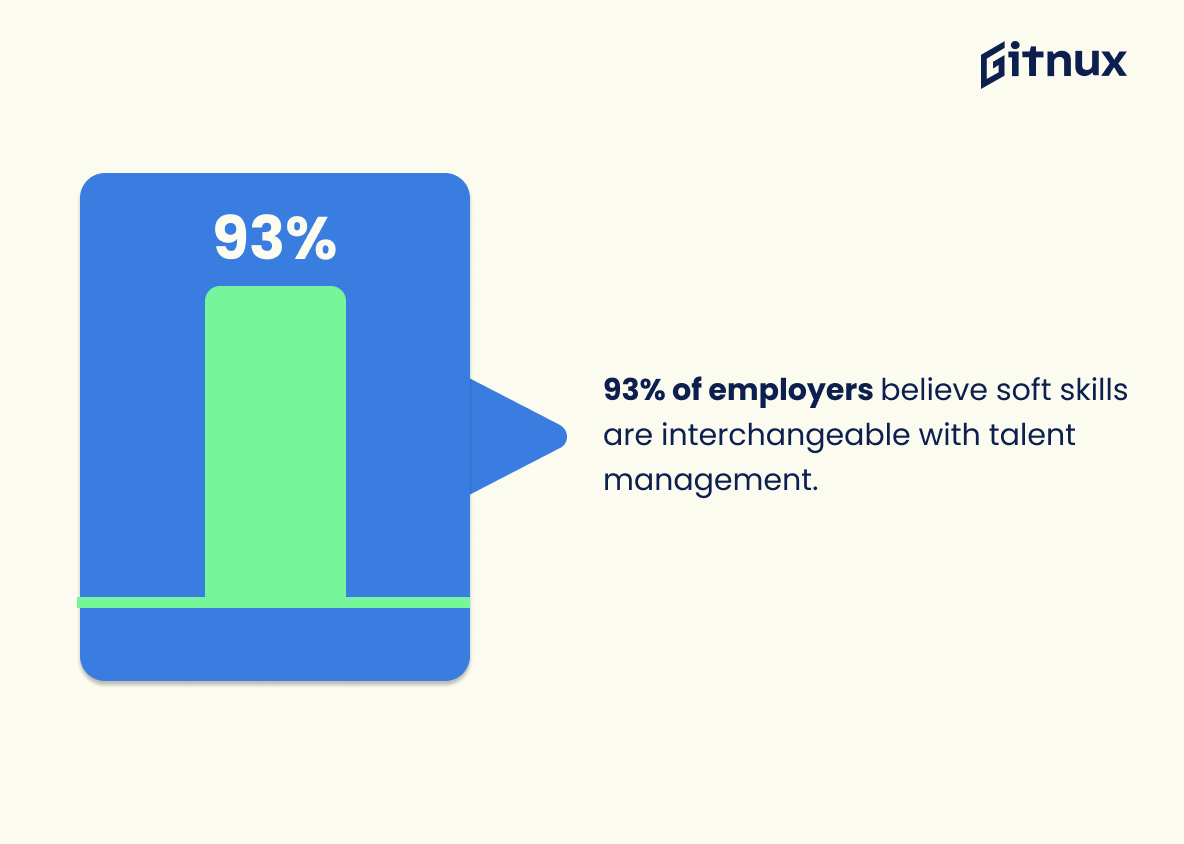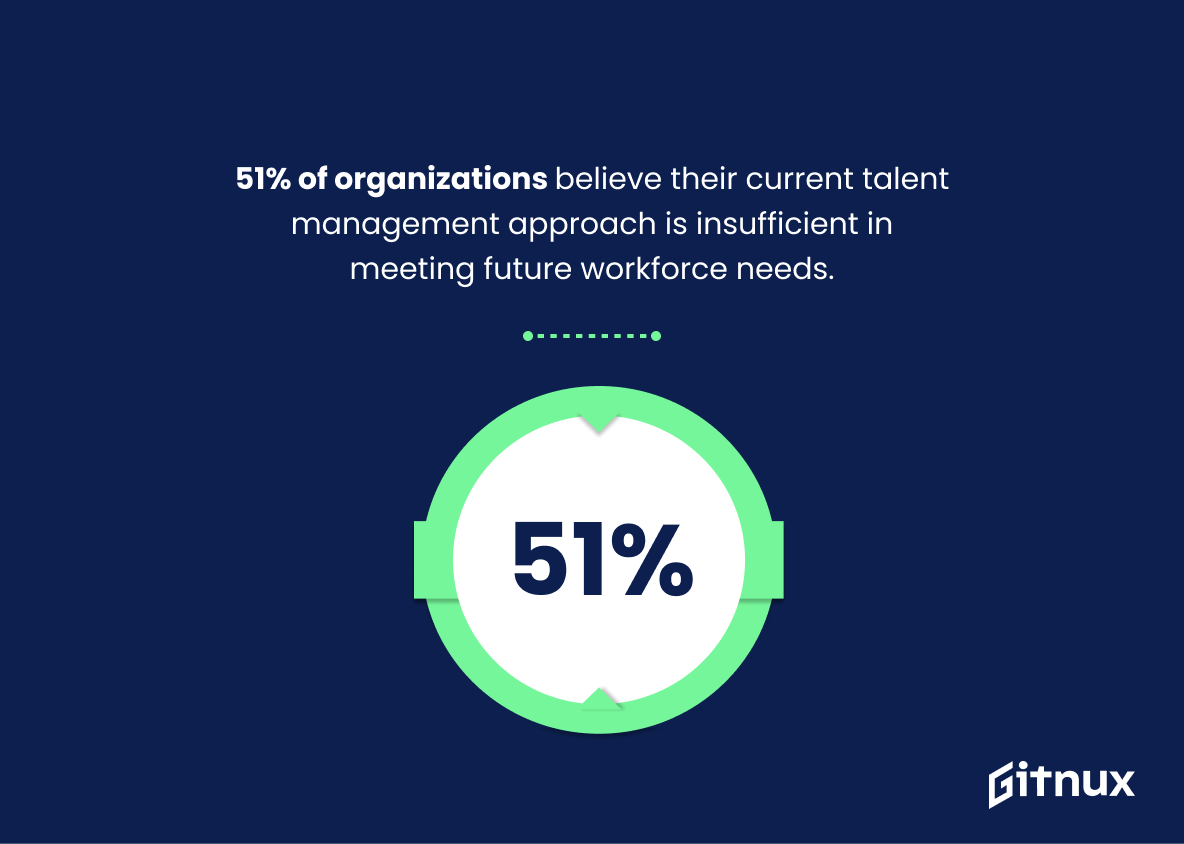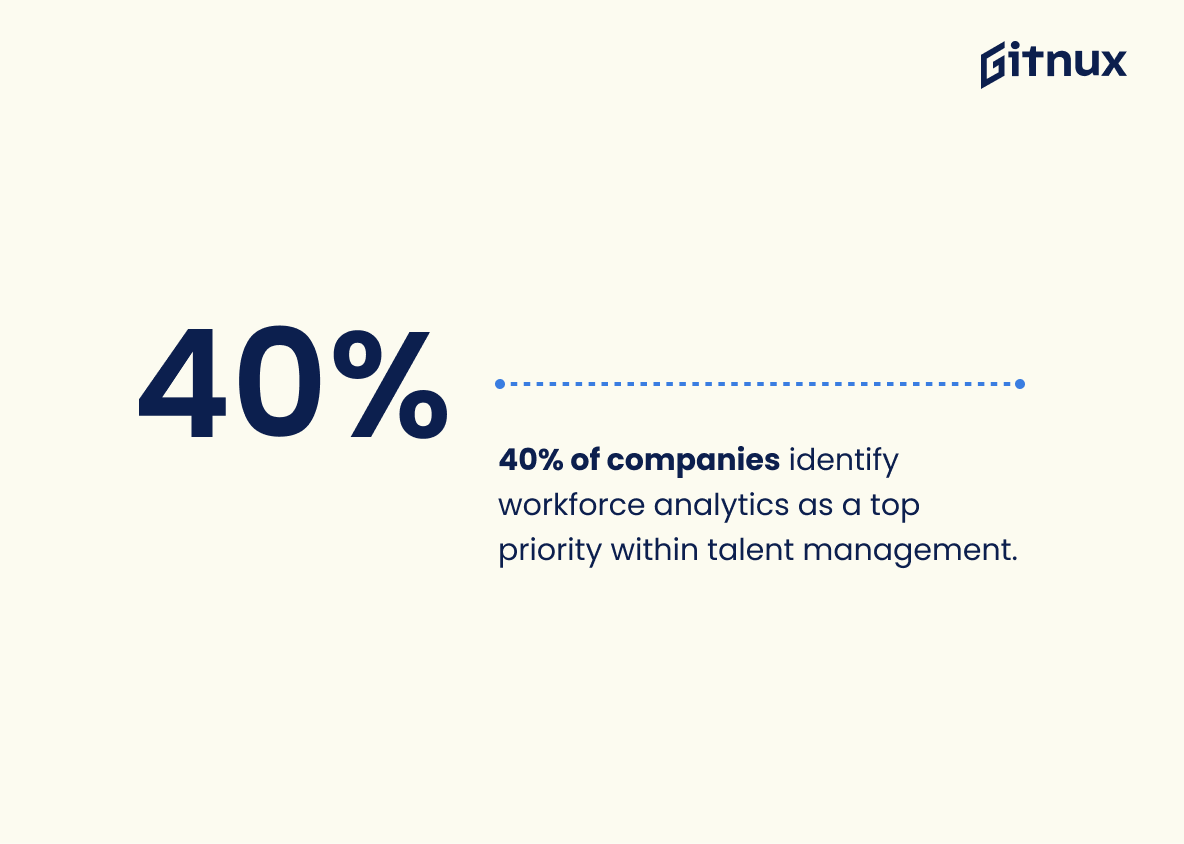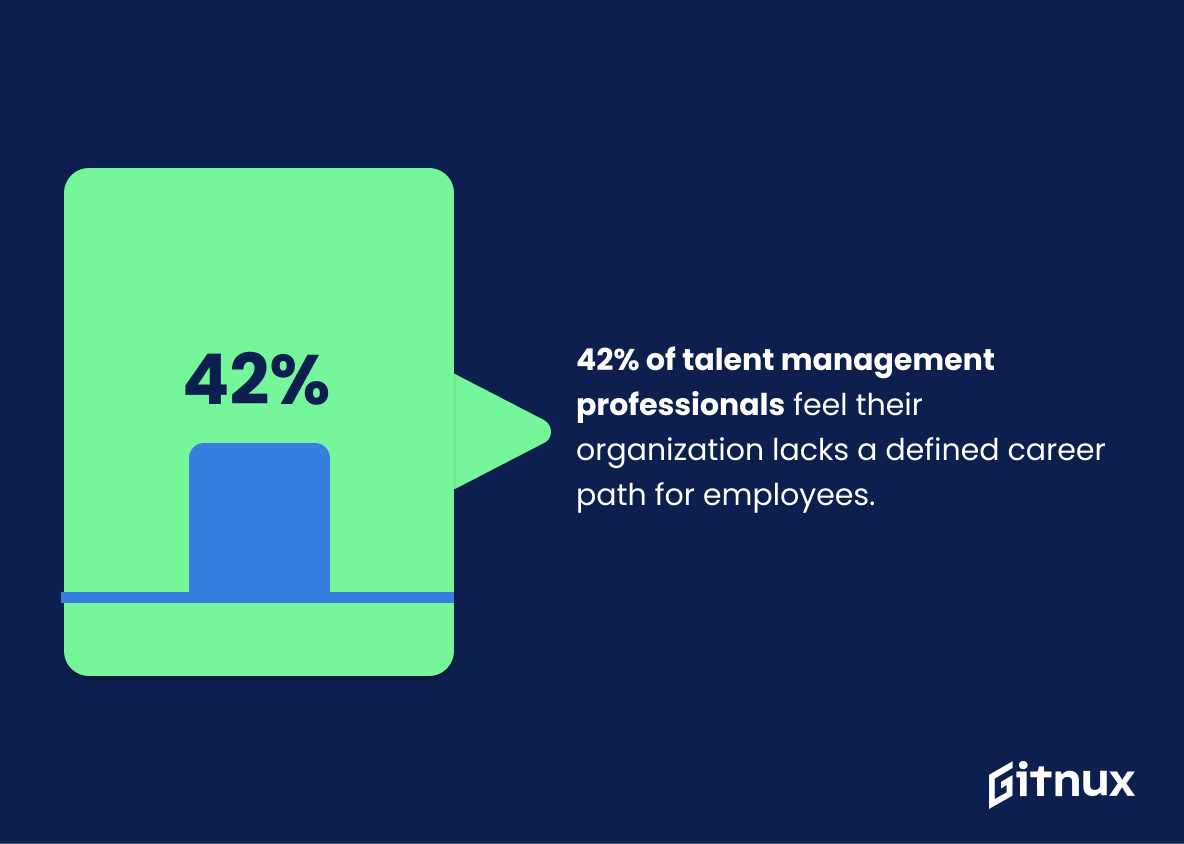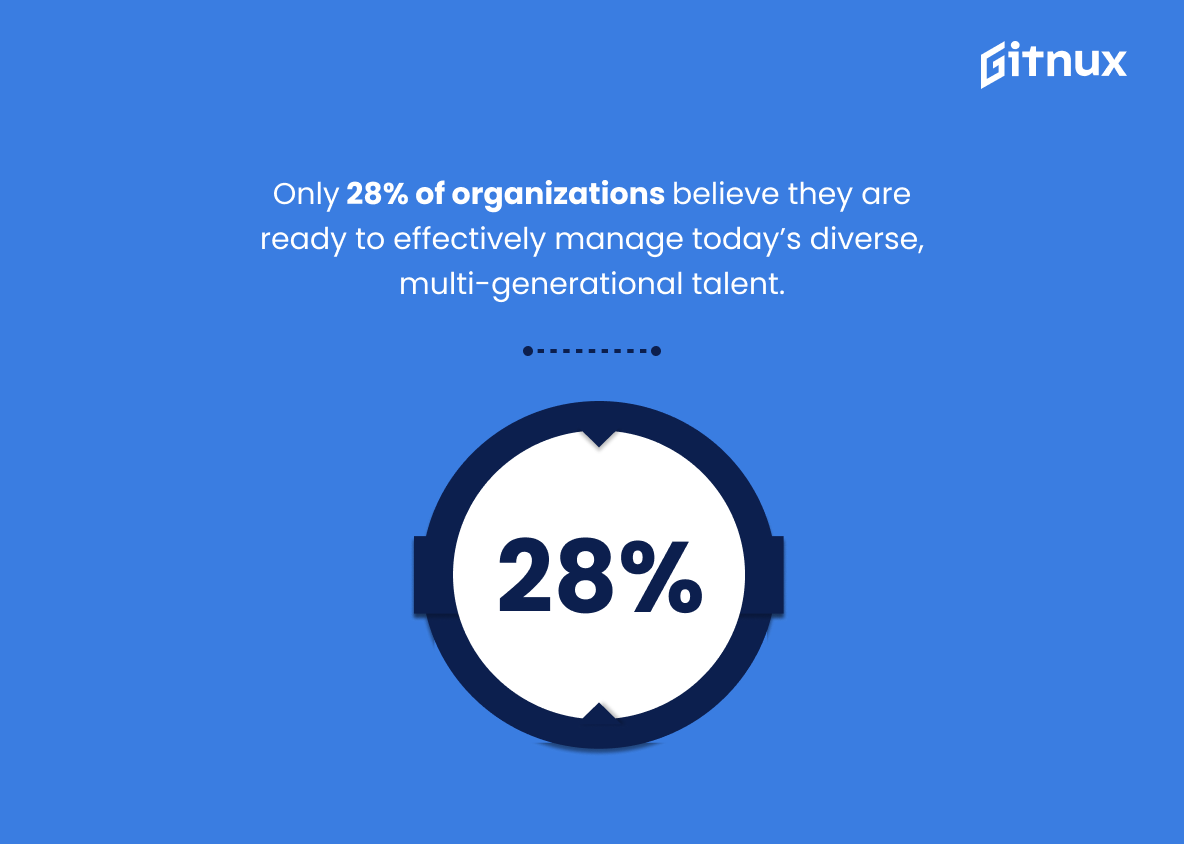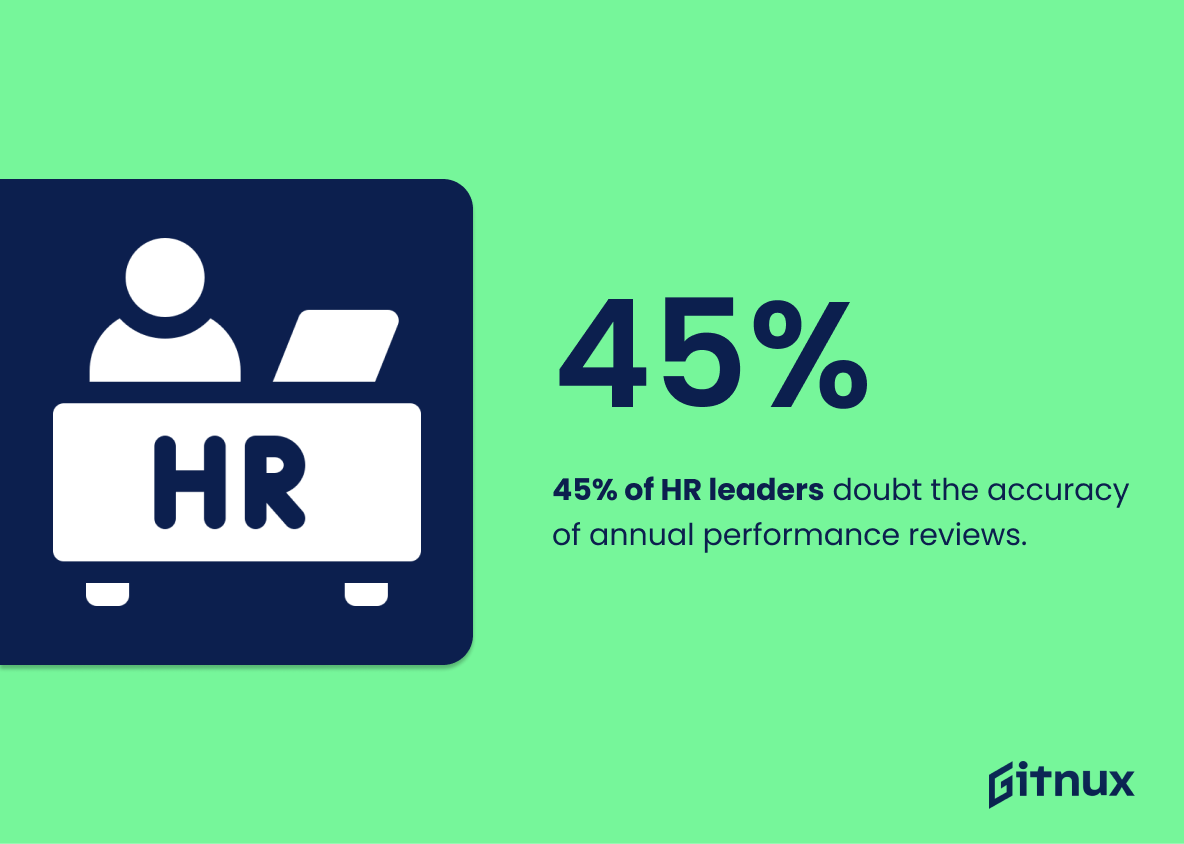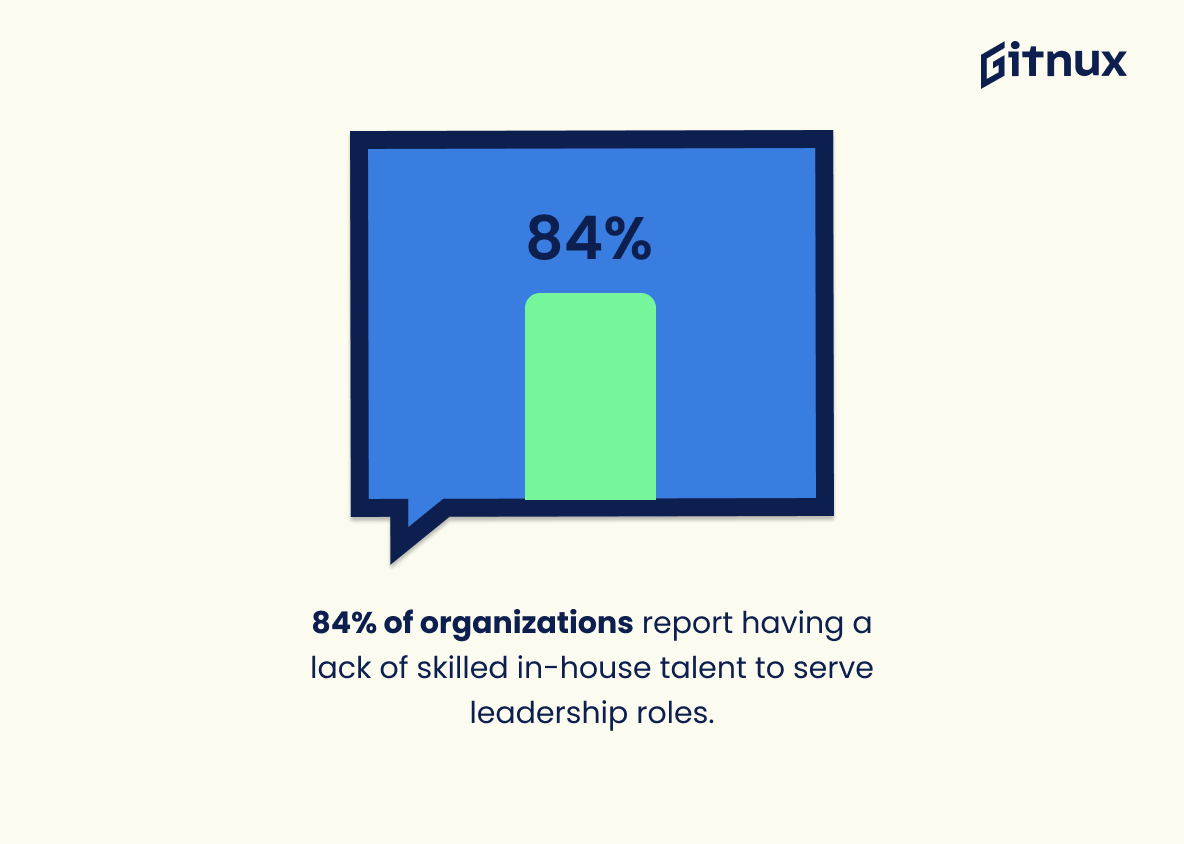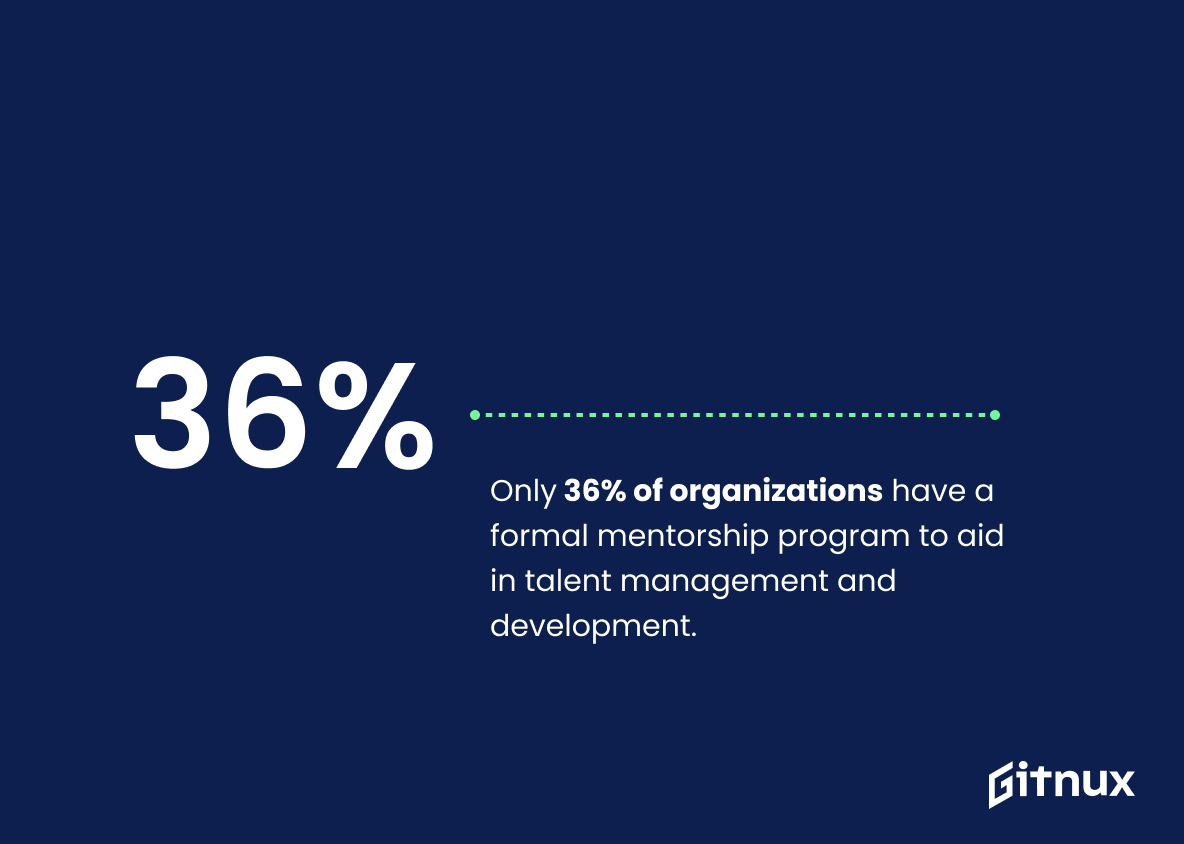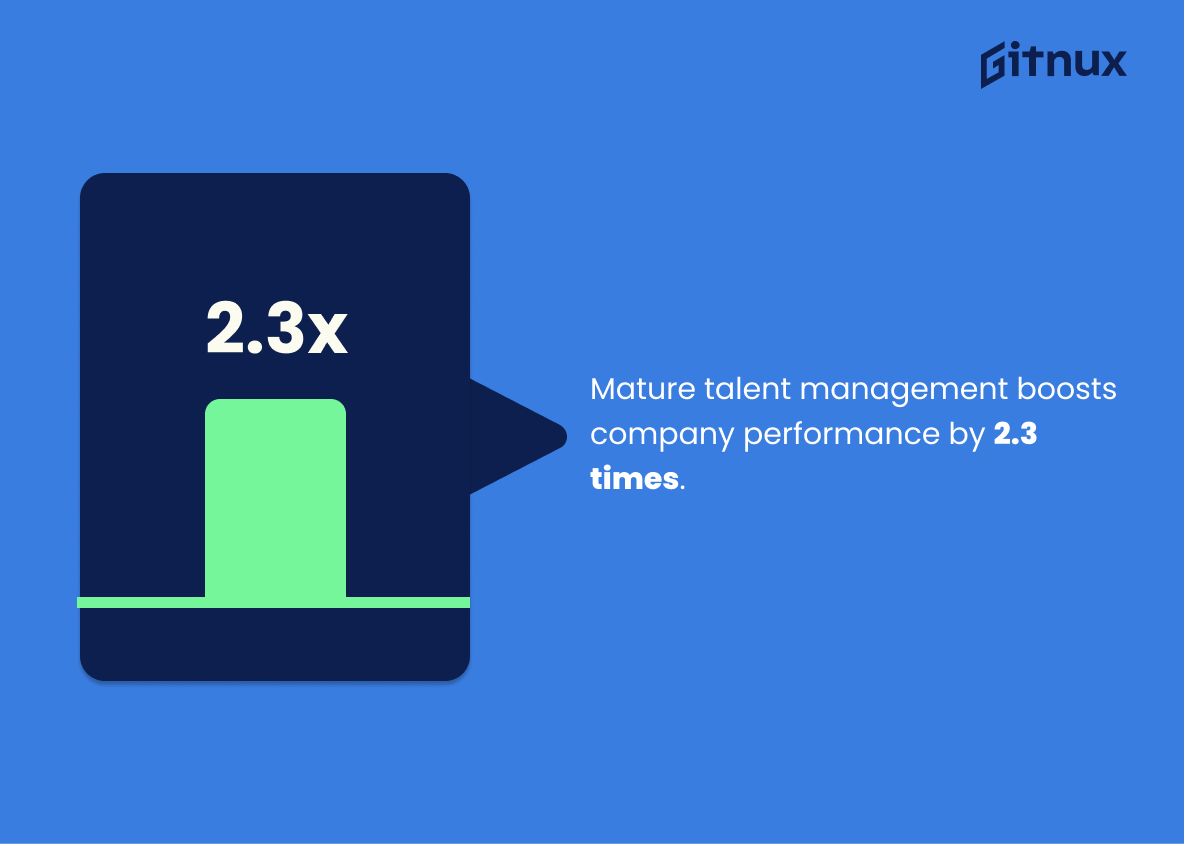The world of talent management is constantly evolving, and it’s important for businesses to stay up-to-date on the latest trends. This blog post will explore some key statistics related to talent management that can help organizations better understand their current practices and plan for future success.
From CEOs’ concerns about essential skills shortages in their workforce, to investments in analytics software, this post will provide an overview of how companies are approaching talent management today. We’ll also look at the cost of turnover per employee, as well as challenges such as finding the right mix of resources and developing a defined career path for employees. Finally, we’ll discuss why having strong talent management capabilities is so important for high-performance organizations.
Talent Management Statistics Overview
62% of HR professionals say their organization does not have a sufficiently robust talent pipeline.
This statistic is a stark reminder of the importance of having a strong talent pipeline. Without a robust pipeline, organizations are at risk of not having the right people in the right roles at the right time. This can lead to a lack of qualified candidates for open positions, which can lead to costly delays in filling those positions. Additionally, it can lead to a lack of diversity in the workplace, which can have a negative impact on the organization’s culture and performance. Ultimately, this statistic highlights the need for organizations to invest in their talent pipeline in order to ensure they have the right people in the right roles at the right time.
56% of companies plan to invest more in talent analytics software within the next couple of years.
This statistic is a telling indication of the importance of talent analytics software in the modern workplace. Companies are recognizing the value of leveraging data to make informed decisions about their talent, and are investing in the technology to do so. This statistic is a clear sign that talent analytics software is becoming an increasingly integral part of talent management strategies.
89% of businesses indicated that they plan to increase their focus on succession planning in the near future.
This statistic is a clear indication that businesses are recognizing the importance of succession planning and are taking steps to ensure that their organizations are prepared for the future. It speaks to the need for organizations to have a plan in place to ensure that their leadership and talent pipelines are well-stocked and ready to take on the challenges of the future. This statistic is a powerful reminder that talent management is an essential part of any successful business strategy.
93% of employers believe soft skills are interchangeable with talent management, despite the perception of the two being distinct.
This statistic is a powerful indicator of the importance of soft skills in the realm of talent management. It suggests that employers recognize the value of these skills in managing their workforce, and that they are not seen as separate from the process. This highlights the need for employers to prioritize the development of soft skills in their employees, as they are essential for successful talent management.
51% of organizations believe their current talent management approach is insufficient in meeting future workforce needs.
This statistic is a stark reminder that the majority of organizations are not adequately prepared to meet the demands of the future workforce. It highlights the need for organizations to re-evaluate their current talent management approach and make necessary changes to ensure they are able to meet the needs of their future workforce.
83% of companies believe the biggest challenge in their talent management process is finding the right mix of resources.
This statistic is a powerful indicator of the difficulty companies face in finding the right personnel to fill their roles. It speaks to the complexity of the talent management process and the need for companies to be strategic in their approach to hiring and retaining the best employees. This statistic is a reminder that talent management is an ongoing process that requires careful consideration and planning. It is an important statistic to consider when discussing the challenges of talent management and the strategies that can be employed to ensure success.
The demand for global executives spiked by 63% in 2019.
This statistic is a telling indication of the growing need for global executives in 2019. It speaks to the importance of talent management in the modern business world, as organizations strive to stay competitive in an increasingly globalized market. The 63% spike in demand for global executives is a clear sign that companies are recognizing the value of having a diverse and experienced executive team.
40% of companies identify workforce analytics as a top priority within talent management.
This statistic is a testament to the importance of workforce analytics in talent management. It shows that a large portion of companies recognize the value of using analytics to gain insights into their workforce and make informed decisions about their talent management strategies. This statistic is a clear indication that companies are investing in analytics to better understand their employees and optimize their talent management strategies.
42% of talent management professionals believe their organization does not have a defined career path for employees.
This statistic is a telling indication of the state of career development in many organizations. It suggests that a significant portion of talent management professionals feel their organization does not provide employees with a clear roadmap for their professional growth. This lack of clarity can lead to frustration and dissatisfaction among employees, which can have a negative impact on morale and productivity. As such, this statistic is an important reminder of the need for organizations to invest in career development and provide employees with a clear path for their professional growth.
Only 28% of organizations believe they are ready to effectively manage today’s diverse, multi-generational talent.
This statistic serves as a stark reminder of the need for organizations to be better prepared to manage today’s diverse, multi-generational talent. With only 28% of organizations feeling ready to effectively manage this talent, it is clear that there is a significant gap in the ability of organizations to effectively manage the talent they have. This highlights the importance of organizations taking the necessary steps to ensure they are properly equipped to manage their talent and maximize their potential.
45% of HR leaders surveyed do not think annual performance reviews provide accurate assessments of employee performance.
This statistic is a telling indication of the need for a more comprehensive approach to assessing employee performance. It suggests that the traditional annual performance review is not providing an accurate picture of employee performance, and that HR leaders are looking for more effective ways to measure and evaluate employee performance. This statistic is an important reminder that organizations should be looking for more effective ways to measure and evaluate employee performance, and that Talent Management strategies should be tailored to meet the needs of the organization.
84% of organizations report having a lack of skilled in-house talent to serve leadership roles.
This statistic is a stark reminder of the importance of talent management. It highlights the need for organizations to invest in their talent pipeline and ensure they have the right people in the right roles. It also speaks to the need for organizations to develop their existing talent and provide them with the necessary skills and training to fill leadership roles. Ultimately, this statistic serves as a reminder that talent management is essential for organizational success.
Only 36% of organizations have a formal mentorship program in place to aid in talent management and development.
This statistic is a stark reminder of the importance of having a formal mentorship program in place to aid in talent management and development. Without such a program, organizations are missing out on the opportunity to foster the growth of their employees and ensure that they are equipped with the skills and knowledge necessary to succeed.
Companies with mature talent management capabilities are 2.3 times more likely to be high-performing organizations.
This statistic is a powerful indicator of the importance of talent management in achieving organizational success. It demonstrates that companies that invest in developing their talent management capabilities are more likely to be high-performing organizations. This is an important reminder for organizations to prioritize talent management in order to maximize their potential.
Conclusion
The statistics presented in this blog post demonstrate the importance of talent management for businesses. From CEOs being concerned about a lack of essential skills to organizations having difficulty finding leaders, it is clear that companies need to invest more time and resources into their talent management processes.
Additionally, investing in analytics software and succession planning can help ensure that an organization has access to the right mix of resources needed for success. Finally, developing formal mentorship programs and career paths are key components when looking at how best to develop top-tier employees who will drive business performance forward.
References
0. – https://www.www.gartner.com
1. – https://www.www.globoforce.com
2. – https://www.www.greatplacetowork.com
3. – https://www.www.mckinsey.com
4. – https://www.www.shrm.org
5. – https://www.www.expertise.com
6. – https://www.www-01.ibm.com
7. – https://www.www2.deloitte.com
8. – https://www.www.linkedin.com
9. – https://www.www.ddiworld.com
10. – https://www.www.pwc.com
ZipDo, cited June 2023: Talent Management Statistics
